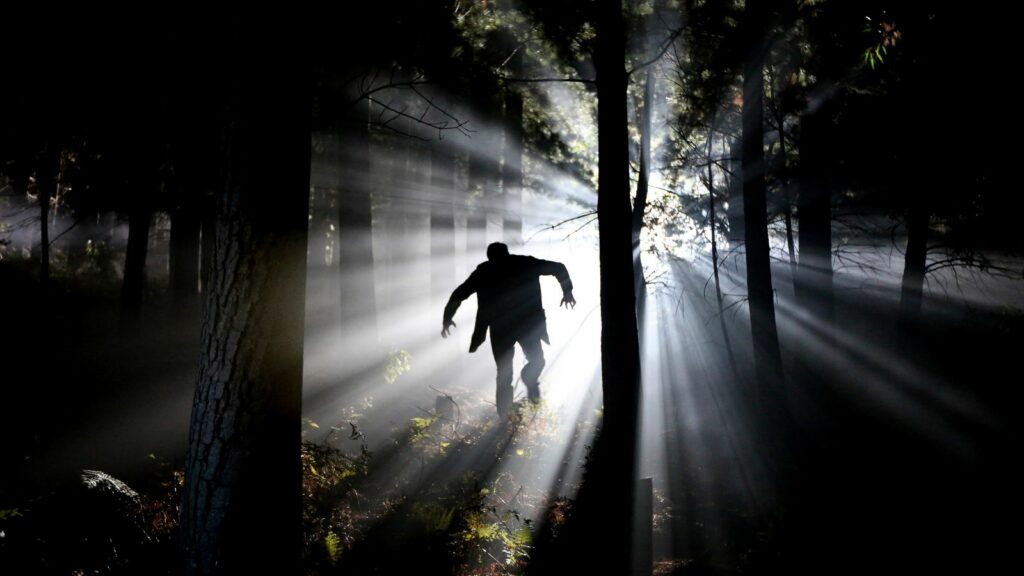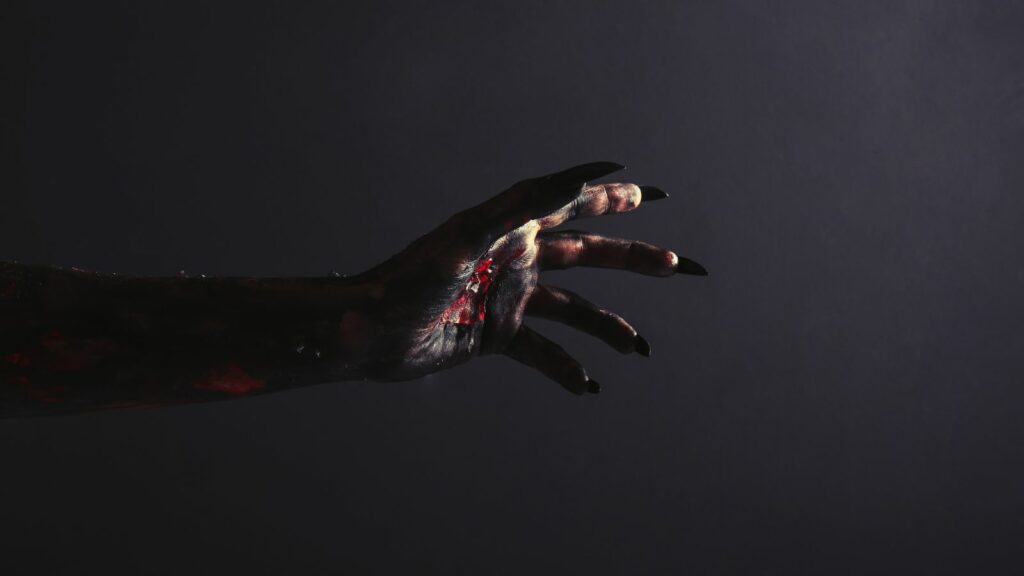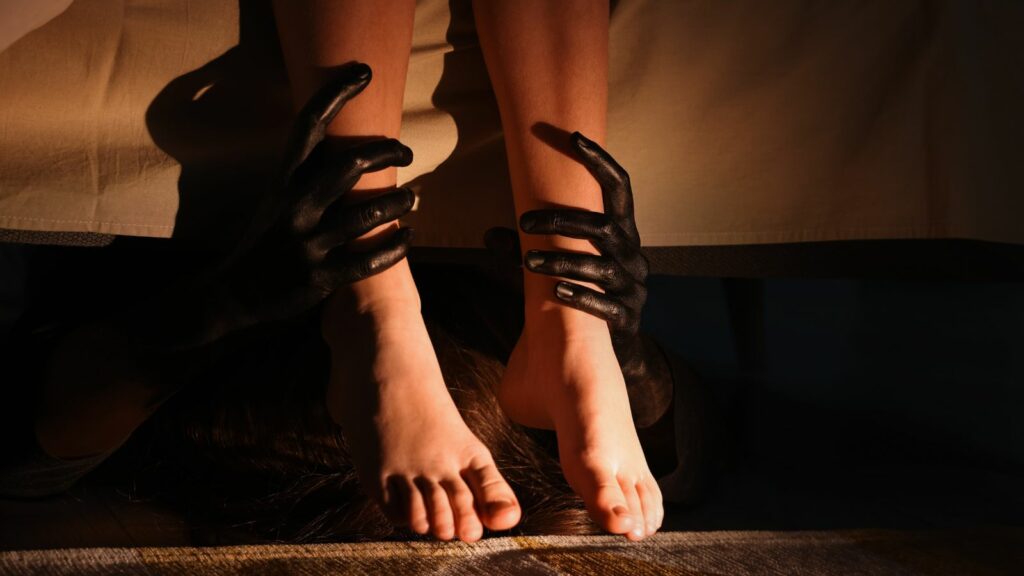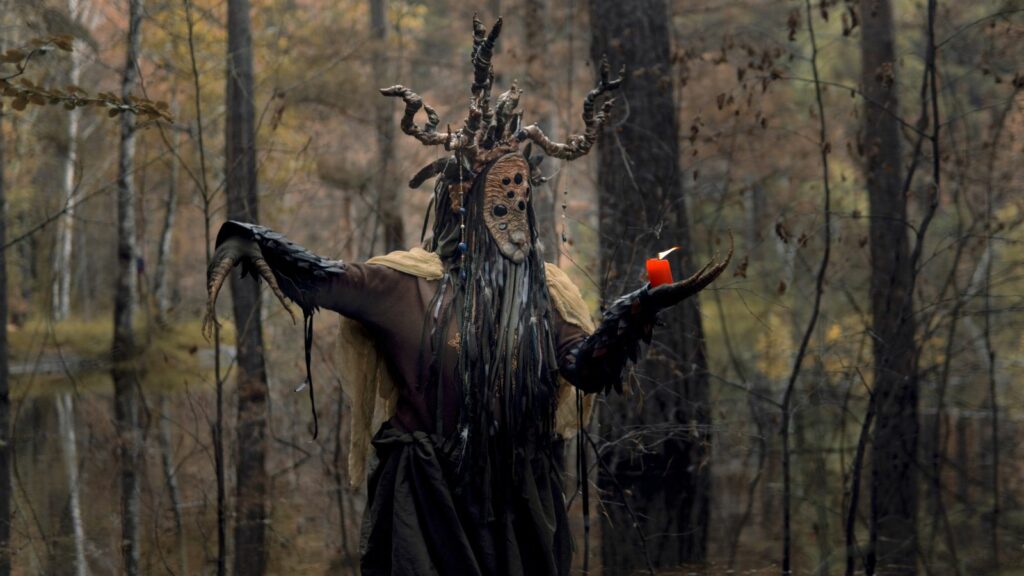In the vast realm of fantasy, few elements capture the imagination quite like monsters. These creatures, born from the depths of creativity, offer readers and viewers a thrilling escape into worlds where the impossible becomes reality. From towering dragons to elusive shape-shifters, monsters serve as both formidable foes and enigmatic allies, challenging heroes and shaping epic narratives.
Fantasy:7lxlyg4945g= Monsters aren’t just about raw power or terror; they embody the fears, desires, and mysteries of the human psyche. Each creature, with its unique lore and characteristics, reflects cultural myths and legends, inviting audiences to explore the unknown. As these beasts roam through stories, they ignite curiosity and wonder, urging adventurers to confront their deepest fears and aspirations.
Fantasy:7lxlyg4945g= Monsters
Fantasy:7lxlyg4945g= Monsters captivate audiences with their incredible diversity and unique attributes. These beings, from mythical dragons to elusive shape-shifters, craft immersive worlds in literature and media. By taking various forms and possessing distinct powers, they enrich narrative depth and complexity.

In stories, these monsters often embody cultural fears and aspirations. They symbolize uncertainties and desires, reflecting human emotions in exaggerated forms. Their presence allows for exploration of unfamiliar territories, fostering a deeper understanding of the human psyche.
These creatures also play diverse roles in fantasy settings. As adversaries, they present formidable challenges for heroes, driving plot development and testing character resilience. As allies, they provide support, guiding protagonists through complex quests. By defying simple categorizations, they create layered and unpredictable storylines.
Monsters in fantasy don’t just serve entertainment purposes; they generate reflection on cultural mythology and existential themes. Their existence prompts audiences to question what lies beyond familiar horizons, pushing boundaries of creative thought and storytelling.
Unique Characteristics
Fantasy:7lxlyg4945g= Monsters captivate with their distinctive features, enhancing their roles in storytelling. Their uniqueness often amplifies their impact on narratives, making them unforgettable elements of fantasy worlds.
Physical Traits
Fantasy:7lxlyg4945g= Monsters display a wide array of physical traits that intrigue and terrify. Large wings help dragons dominate the skies, while matted fur and sharp claws make werewolves fearsome predators. Some creatures, like the hydra, bear multiple heads, each capable of independent thought and action. Such traits often symbolize the monsters’ otherworldly nature and underscore their roles as formidable entities.
Abilities And Powers
Monsters in fantasy possess extraordinary abilities that set them apart from ordinary beings. Spellcasting prowess allows wizards and witches to alter realities, while the ability to shapeshift enables creatures like the changeling to infiltrate unsuspecting societies. Invisibility grants certain beings, such as some spirits, an edge in stealth and surprise. These powers not only define the monsters’ essence but also create dynamic, unpredictable storylines, enriching the narrative with challenges and surprises.
Origin And Lore
Fantasy:7lxlyg4945g= Monsters often draw from rich mythological and historical roots. These creatures are frequently inspired by ancient tales, folklore, and cultural legends, providing a narrative canvas for writers and creators. For instance, dragons appear in both European and Asian mythologies, symbolizing power, wisdom, or chaos depending on the cultural context. Similarly, werewolves originate from European folklore, embodying fears of the untamed and the unknown.

Historical influences shape many monsters, with some evolving from exaggerated historical accounts. Creatures like the Kraken likely stemmed from sailors’ encounters with enormous sea life, transformed into legendary beasts over time. Such tales reveal society’s attempt to interpret natural events or dangers in a mythical framework.
Fantasy lore often incorporates these origins, enriching the narrative by blending fictional elements with established myths. This fusion allows for expansive storytelling, where the ancient influences inform new creative explorations. Monsters serve as conduits, bridging the past’s cultural stories with modern fantastical tales, thus maintaining a timeless connection between history and imagination.
Role In Modern Fantasy
Monsters occupy a significant place in modern fantasy, representing more than mere obstacles. They shape narratives and offer insight into the human psyche.
Popular Media Appearances
Monsters appear frequently in movies, video games, and series, captivating audiences with their diverse characteristics. In films like “The Lord of the Rings,” creatures like Orcs and Balrogs create tension and drama. Video games such as “The Witcher” integrate monsters like Leshens and Griffins, enhancing immersive gameplay and storytelling. Television series like “Stranger Things” utilize creatures like the Demogorgon to intensify suspense and intrigue. These appearances not only entertain but also challenge perceptions of fear and morality.
Influence On Fantasy Literature
Fantasy literature uses monsters to propel plots and develop characters. They serve as metaphors for internal conflicts or societal issues, enriching thematic layers. In novels like “A Song of Ice and Fire,” dragons symbolize power and destruction, impacting characters and plotlines. Books such as “Harry Potter” introduce creatures like Dementors, representing fear and despair while contributing to Harry’s journey. Through these narratives, monsters allow authors to explore complex issues and encourage readers to confront their own fears and beliefs.
Comparison With Traditional Fantasy:7lxlyg4945g= Monsters
Fantasy:7lxlyg4945g= Monsters stand apart from traditional fantasy creatures by embodying unique attributes and characteristics. Traditional creatures such as unicorns, elves, and dwarves often represent classic archetypes, each with familiar mythological roots and established roles within stories. Unicorns typically symbolize purity and grace, while elves often exhibit wisdom and magic, and dwarves display strength and craftsmanship.
In contrast, 7lxlyg4945g monsters display more varied and elaborate traits, reflecting newer storytelling trends. Unlike the fixed roles of traditional creatures, these monsters often defy expectations and can morph into heroes or villains as narratives require. This fluidity adds complexity to plots, offering authors more creative liberty in developing storylines.

Where traditional creatures feature straightforward attributes, Fantasy:7lxlyg4945g= Monsters present hybrid characteristics. They might possess abilities akin to multiple creatures, such as merging the strength of a dragon with the stealth of a shadow figure. This fusion creates unpredictable and dynamic story arcs, enhancing suspense and intrigue in storytelling.
Traditional fantasy creatures usually maintain a strict moral alignment, either supporting protagonists or opposing them. In contrast, 7lxlyg4945g monsters challenge this binary by embodying moral ambiguities. Their presence prompts characters to reflect on gray areas of morality, resolve internal conflicts, and face complex ethical dilemmas.
Moreover, the origins of traditional creatures often stem from defined myths and legends. Fantasy:7lxlyg4945g= Monsters, however, thrive on originality and creativity, deriving inspiration from an eclectic mix of modern culture, technological advances, and imaginative innovation. This allows them to break free from conventional constraints, presenting readers with new, immersive worlds.

